When energy bills are rising, you feel it's getting harder to maintain temperatures in your home. It's time to consider replacing your . One aspect that many would look for is longevity. ? And, when should you consider replacing it? If that's what you're wondering, let's find out!
Depending on the type of , it can last anywhere between 20-100 years. Some will require inspection sooner. Others will only need replacement if there are signs of damage or leaks. Here's a list of how long each type of will last:
- : the lifetime of your home
- : lasts the lifetime of your home
- : 80 years
- Cellulose: 20-30 years
The list above is a general idea of how long should last in perfect conditions. This is great if you're carrying out a inspecting or planning for your home.
Of course, it's nearly impossible to keep things consistent. Some accidents out of your control can happen. In these situations, it might cause a need for a replacement sooner! If you'd like to learn more, keep reading ahead.
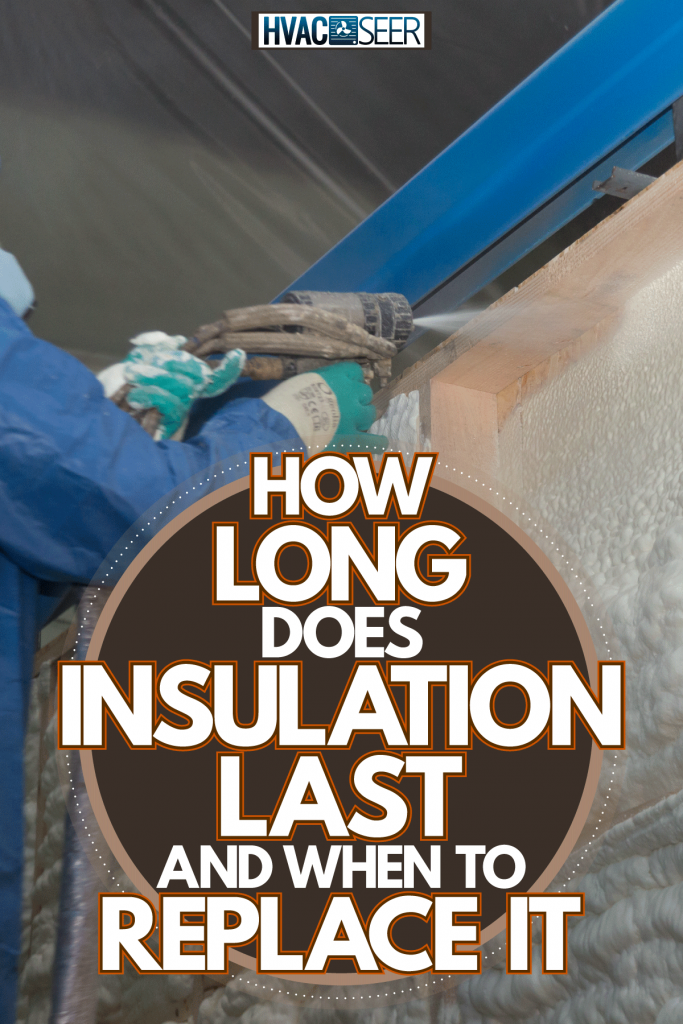
The Types Of and Lifespan
As mentioned above, how long your lasts depends on the type or types you choose to install. Some instances can shorten the lifespan. The issues can come from installation or other factors out of your control - like a water leak.
Let's go over the four main types of .
Spray Foam Insulation
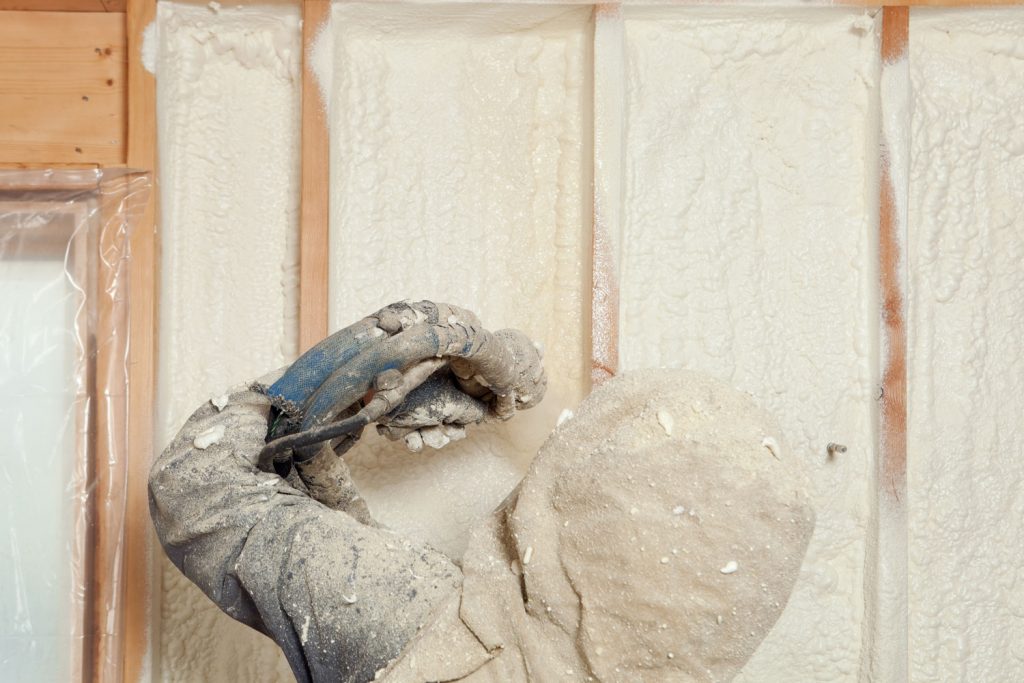
is rated to last as long as your home stands. But why does it last that long? It's made of an inert polymer that does not rot. Additionally, it's also mold and water-resistant. Some claim it can prevent the future growth of mold because it creates airtight seals.
Since covers areas well, it cuts off the air and water supply that mold needs to grow. It has resistance to many factors that would typically reduce the lifespan of other types. Still, some situations will warrant the reinstallation of .
How well holds up will depend on the quality of the job from installers. There are a few noticeable signs of poor application. The most notable one would be a foul odor. Some would describe the smell as fishy.
If you notice this odor, it means the ratio is off-balance. Consequently, an off-balance ratio will not allow the to cure correctly. Along with these issues, the will allow air leaks - resulting in inadequate .
Thus, should last the lifetime of your home if you have reputable installers do the job correctly. If you'd like to learn more about the odor can emit, check out our post, " How Long Does Smell?"
Mineral Wool
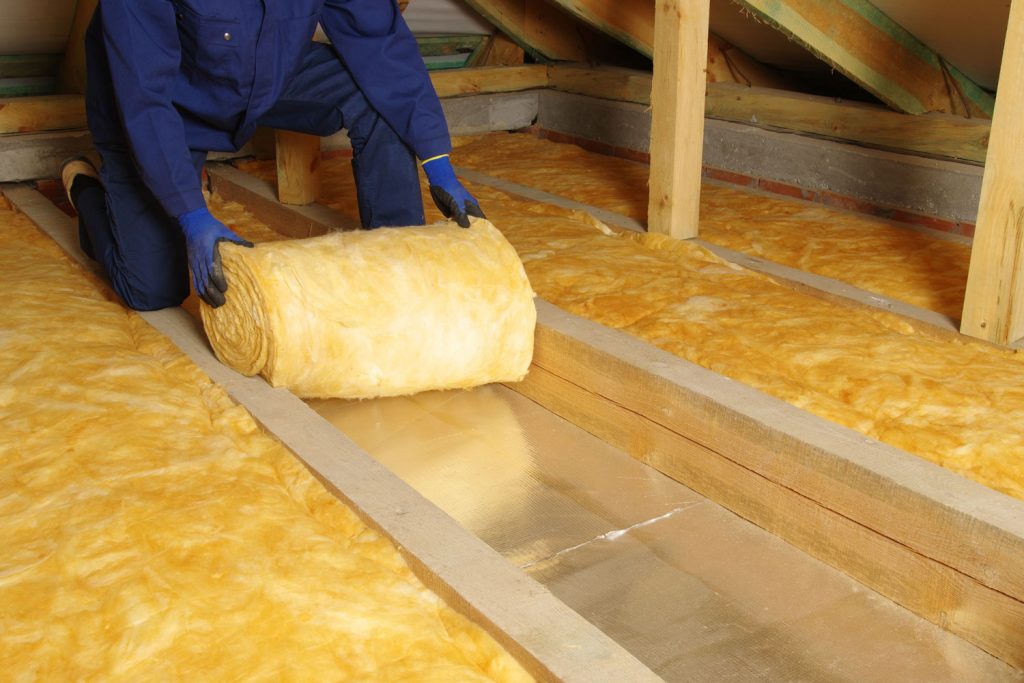
is another that should last as long as your home stands. It is made of basalt and recycled slag. These two materials are melted and then spun into fiber batts.
The reason lasts a long while is because of the many beneficial properties it holds. It's hydrophobic, meaning it's water-resistant. Additionally, it has a high melting point, making it a highly fire-resistant material.
Basalt and steel slag are inorganic materials. Given its water-resistant qualities, it does not promote mold growth. So, it gives mold no sources of food.
While it might seem nearly indestructible, some situations will cut its lifespan. will only work well if there's no physical damage present. So, if your area has a critter problem, you might have to replace sooner than expected.
Fiberglass
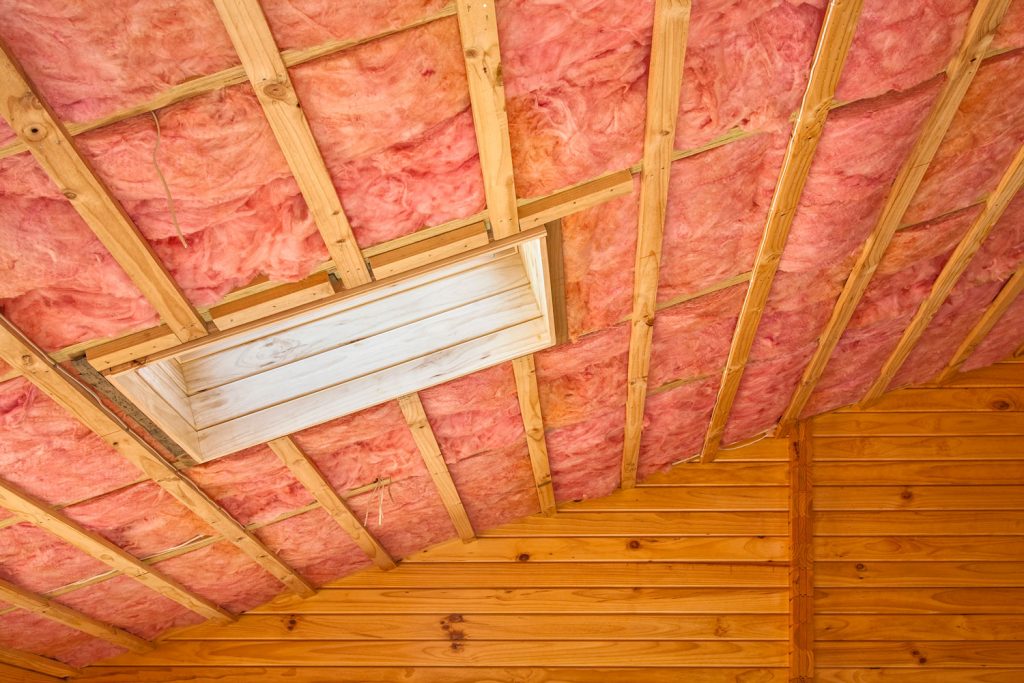
Like the two previous materials, can last anywhere between 80 years to your home's lifetime. However, this timeframe only applies if you can consistently provide the perfect conditions for the material to excel.
Whether in or rolls, has a similar lifespan.
Issues like and mold growth are some factors that can cut 's lifespan. If it is wet for too long, you won't prevent mold growth on the surrounding area and the inside of the .
Additionally, allows high amounts of air to pass through. Under the right conditions, it might even filter out food sources for mold. As a result, you get mold growth within the . Thus, you'll need to replace it sooner.
Lastly, physical damage will also shorten its lifespan. Whether accidental damage or damage from critters, will lose its properties.
If you have a rodent/pest problem - and it's getting harder to maintain temperatures - you might want to make sure there aren't any critters using the as nesting material.
Cellulose (Blown Insulation)
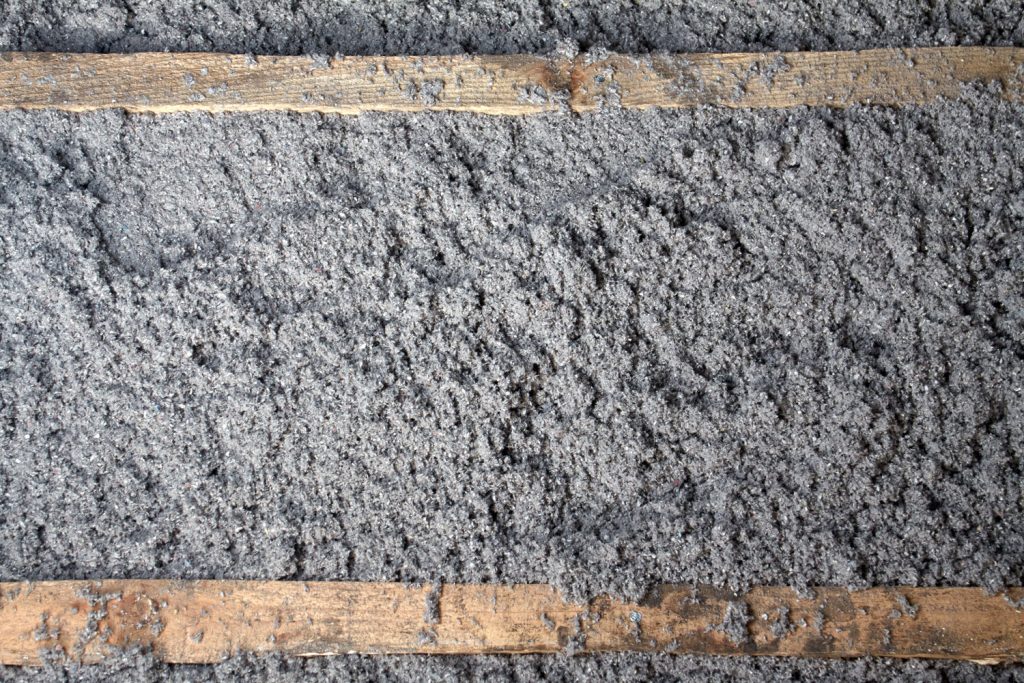
The with the shortest lifespan is cellulose. It will last around 20-30 years under ideal conditions.
Cellulose doesn't last as long because it lacks the many properties that the others offer. Cellulose isn't as water-resistant as the previous three materials. Since it's made of recycled paper products, it will not handle well.
Additionally, some suggest 90% of the will not survive a mold infestation. Lastly, cellulose does settle over time. It can settle as much as 20%. Of course, you can solve this problem by having more cellulose blown in.
Nevertheless, things don't always go as planned. If you face a water leak near your , it can settle faster. Meaning you're more likely to consider replacing it after 10-15 years.
When To Replace Insulation
Now we know the lifespan of multiple materials. Of course, many factors can shorten that period. Still, accidents aren't a daily occurrence. So, if your has worked well for decades, there are still some signs that can indicate it's time to look for replacements.
Always consider both walls and .
The first sign to consider is temperature. How well is your home maintaining a comfortable level? In addition, are there areas in your home that seem colder or hotter than others?
Humidity is another factor to keep in mind. Excess can sometimes affect how long lasts. This is especially true if your home suffered .
Another factor to take into consideration is the performance of your HVAC system. If it's working harder to maintain temperatures, it will show up with higher energy bills.
People with allergies or respiratory problems might also suffer from frequent allergy problems and illnesses. If you suspect you're suffering from temperature loss, get an energy audit.
How Do You Tell if Your House Is Well Insulated?
There are a few easy ways to tell if your home is well insulated. The first would be temperature drops. If you turn off your heater and your home manages to retain the same temperature, it means the is keeping warm air.
On the other hand, if your home quickly gets cold after turning off the heat, it indicates you're losing heat quickly. Thus, your home is not well insulated.
One test you can apply to your home is a touch test. On a cold day, touch the walls and floors. If it's warm and dry, your is not allowing air to escape quickly.
The other test you can perform is a room check. If some rooms are colder/hotter than others, your home isn't well insulated. However, if you're comfortable in any room, the did its job.
Where Is Most Heat Lost From a House?
Since not all houses are the same, the area that loses the most heat will depend on the construction of your home. You'll need an energy audit to identify your most problematic areas.
If you still want a general idea of where the most heat loss occurs during the winter, the most problematic areas will be windows, doors, and walls. As some suggest, they account for 38% of heat loss during the winters.
is the next suspect, especially during summer when roofs and attics accumulate heat from the sun. and even may need replacing if your top house level gets too hot during summertime.
How Much Does It Cost To Remove and Replace Insulation?
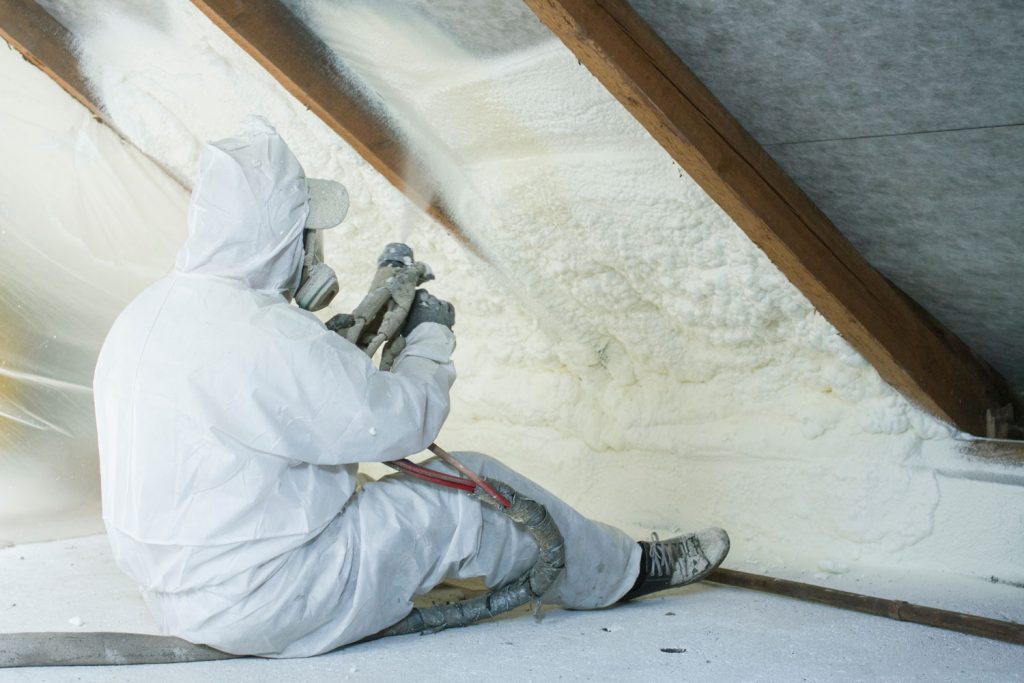
Check locally for the costs of . Whatever you're using, replacing a or even could still be cheaper when you consider .
The size of your home and the type of you choose to replace your current material will influence how much you pay out of pocket. Here's a list of prices between the three types:
- - $2-$5 per square foot
- Batt (/) - $2-$4 per square foot
- Loose-fill (cellulose) - $2-$5 per square foot
- Blown-in (cellulose) - $1-$4 per square foot
As some suggest, the average cost of is $305 or $1 per square foot.
Is It Worth Replacing Old Insulation?
Replacing will depend on your tolerance. If you're still comfortable in your home, there's no need to replace it just yet. However, if some areas feel unbearable to stay in, replacing could be worthwhile.
The same could be said for energy bills. If you're not comfortable with the rising costs, will help put an end to it. Though, one aspect you want to avoid is condensation.
Improving air quality in your home is always a worthwhile investment! Frequent problems with condensation will be a strong indicator for replacing your . In this sense, it's worth the cost to get installed. This way, you can prevent mold problems that come along with condensation.
Final Takeaway
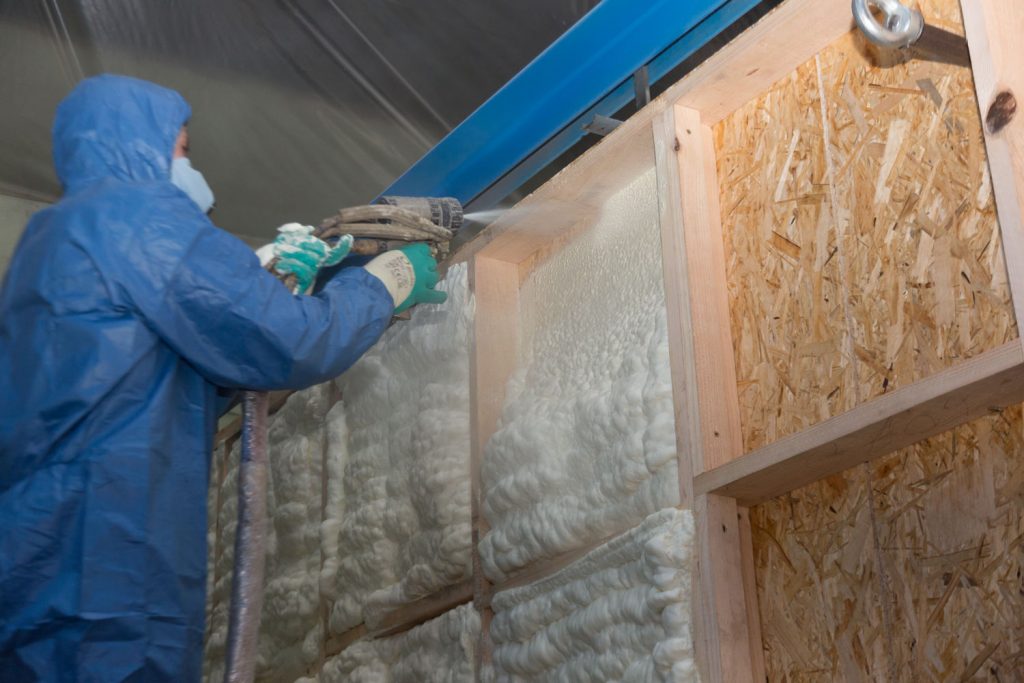
We hope you found the information above helpful! When it's time to make changes in your home, it's not going to be easy. You have to make decisions that will require some research to ensure you get the results you want.
Before you go, do you need more information on the types? If you're considering going with polyurethane , you might be curious to know if it degrades. Check out our post, " Does Polyurethane Degrade?"
